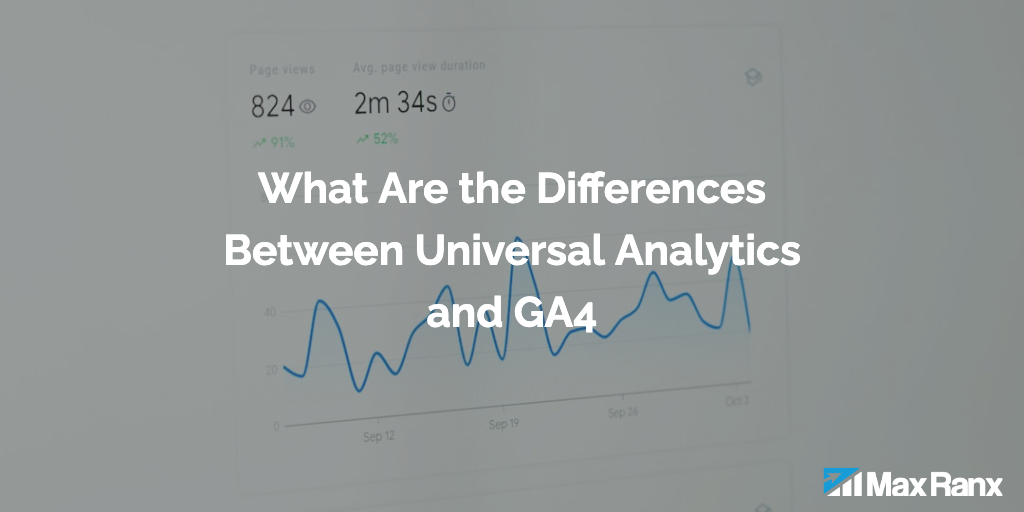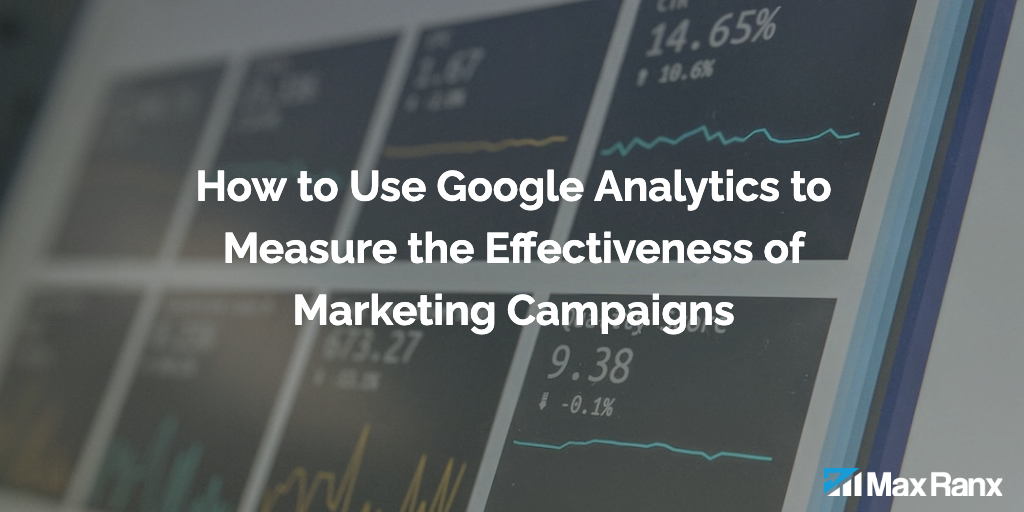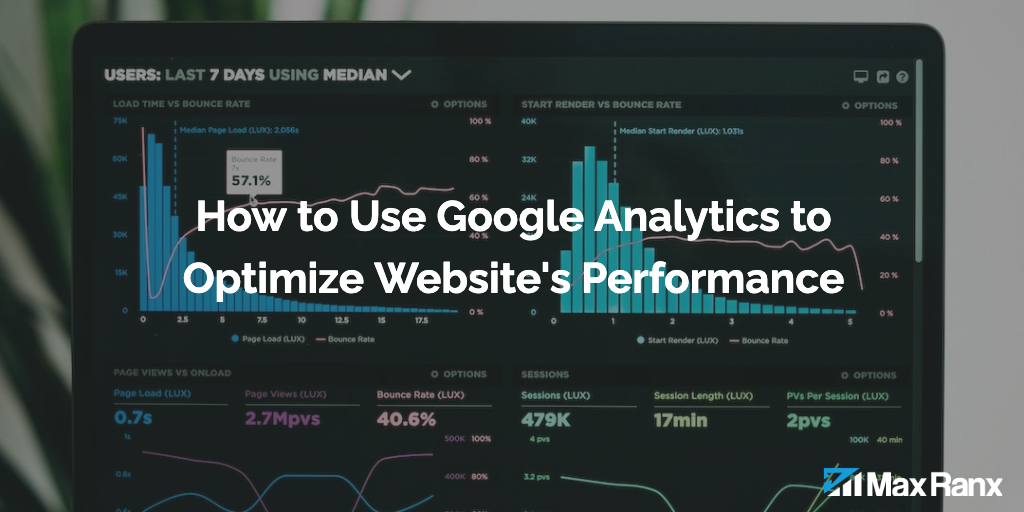Google Analytics is a web analytics service that allows businesses to track and measure the performance of their websites, apps, and digital properties. There are two main versions of Google Analytics: Universal Analytics and Google Analytics 4 (GA4). While both versions provide similar functionality, there are some key differences between the two that businesses should be aware of.
Universal Analytics
Universal Analytics is the legacy version of Google Analytics and has been around since 2013. It is based on the tracking code known as the Google Analytics tracking code (ga.js) and uses cookies to identify and track users across different devices and sessions. Universal Analytics allows businesses to track a wide range of metrics, including pageviews, sessions, users, bounce rate, and conversion rate. It also allows businesses to set up goals and create custom segments to track specific groups of users or events.
GA4
GA4 is the latest version of Google Analytics and was released in 2020. It is based on the tracking code known as the Google Analytics 4 tracking code (gtag.js) and uses machine learning to identify and track users across different devices and sessions. GA4 allows businesses to track a wide range of metrics, including events, user properties, and audience definitions. It also allows businesses to set up events and create custom audiences to track specific groups of users or events.
Differences between Universal Analytics and GA4
- Tracking code: As mentioned above, Universal Analytics uses the ga.js tracking code and GA4 uses the gtag.js tracking code. This means that the two versions have different code structures and implementation methods.
- User identification: Universal Analytics uses cookies to identify and track users, while GA4 uses machine learning to identify and track users. This means that GA4 can track users across different devices and sessions more accurately and can provide more comprehensive insights into user behavior.
- Metrics and dimensions: Both Universal Analytics and GA4 allow businesses to track a wide range of metrics and dimensions. However, GA4 includes new metrics and dimensions that are not available in Universal Analytics, such as events, user properties, and audience definitions. These new metrics and dimensions allow businesses to track user behavior and engagement in more detail and at a deeper level.
- Goals and segments: Both Universal Analytics and GA4 allow businesses to set up goals and create custom segments to track specific groups of users or events. However, GA4 includes new features, such as events and audience definitions, which allow businesses to track user behavior and engagement in more detail and at a deeper level.
- Data processing: Universal Analytics processes data in real-time, while GA4 processes data in near real-time. This means that GA4 data may be slightly delayed compared to Universal Analytics data.
- Integration with other Google tools: GA4 can be easily integrated with other Google tools, such as Google Ads and Google Optimize, which allows businesses to leverage the data and insights from these tools to optimize their digital properties. Universal Analytics can also be integrated with other Google tools, but the integration is not as seamless as with GA4.
In conclusion, Universal Analytics and GA4 are both powerful tools for tracking and measuring the performance of websites, apps, and digital properties. While both versions provide similar functionality, there are some key differences between the two, including the tracking code, user identification, metrics and dimensions, goals and segments, data processing, and integration with other Google tools. Businesses should understand these differences when planning the migration to GA4, which should be completed by July of 2023.




